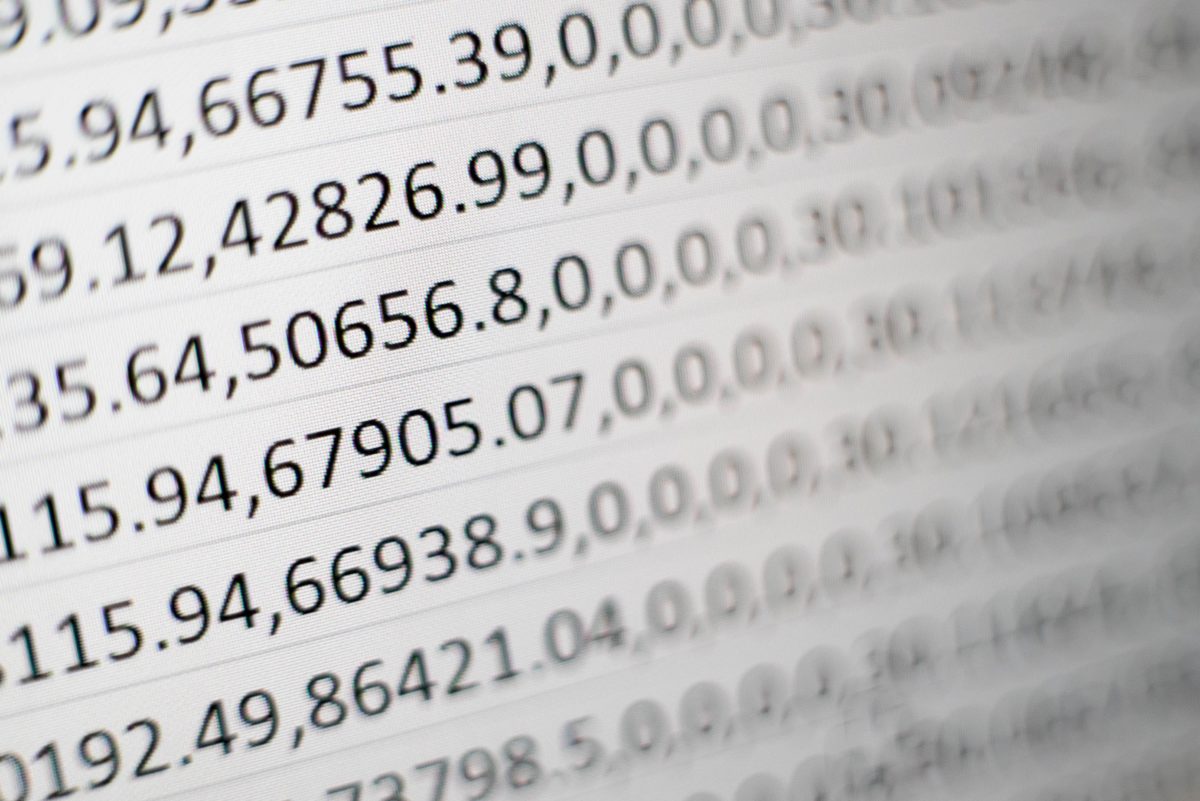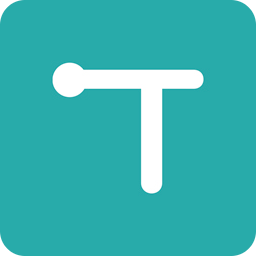Wholesale Price lists – And a better alternative.

Wholesale price lists are a staple of wholesale and B2B sales. They are used by wholesale companies to inform their customers of prices. And they are used by the customers to remember and compare prices when ordering from their suppliers.
Due to the nature of wholesale (variable pricing, product exclusivity, etc.), keeping these price lists updated can be tedious work.
In this blog post, we are going to show you how you can ditch the manual wholesale price lists in favor of a digital solution that is more efficient.
But first, what is a wholesale price list?
What is a wholesale price list?
A wholesale price list is – as the name suggests – a list containing the wholesale prices of your products.
Along with a wholesale order form, the price list is used by retailers and resellers when ordering from manufacturers, distributors, and wholesale brands.
In addition to product info (product names, SKUs, prices, etc.), these price lists often also contain information on special discounts, minimum order quantities, and payment terms. It’s a lot of info and a lot of numbers.
If you are selling in multiple currencies and offer different discount levels, you need to keep track of a bunch of different wholesale price lists. A time-consuming process that is prone to errors.
Due to this, many companies selling wholesale are choosing to digitize their price lists. More on this later.

How to create a wholesale price list
Creating a manual wholesale price list in Excel, for example, doesn’t need to be that difficult. In its simplest format, a price list only needs to contain product names and wholesale prices.
Granted, this does not make for a very intriguing price list, and you will probably have a hard time getting your customers to order anything. So if you are creating a manual wholesale price list, you probably want to add a bit more information.
Other info to add to your wholesale price lists
If you want to create price lists that are a bit more compelling, there are a lot of options you can add. Below is a list of some info you could consider adding in addition to the product name and wholesale price:
- Product SKU
- Product EAN number
- RRP (Recommended Retail Price)
- Product description
- Case quantity
- Minimum order amounts
- Description of potential volume discounts
Adding one or multiple of these to your wholesale price list will ensure your customers more info about your products and prices and make it easier for them to order.
Adding more info, however, also makes it more complicated to keep your lists updated.
Differentiated prices and product exclusivity
But can still make your price lists even more complicated. As mentioned earlier, many wholesale companies will sell in multiple currencies, give different discount levels, and offer product exclusivity to certain resellers.
To accommodate all of these options, it is not uncommon for wholesale brands to use somewhere between 5-20 price lists. Surely, even small changes in prices are going to be time-consuming to correct.
Digital wholesale price list
To avoid the hassle of manual price lists, many wholesale companies are switching to a digital setup. In most cases, this means creating an online wholesale shop to let your resellers order digitally.
This way you digitize all of your price lists and keep them collected in one place for easy managing.
When you need to update a price on one or more lists, you simply do it directly in your wholesale shop system. In addition to being faster and easier, it also means you won’t have to send the new price list to all your stockists. Instead, the price will automatically be updated next time they log in to your online wholesale shop.
Another benefit of digitizing your price lists is that you reduce the risk of errors. The risk of adding a wrong discount level or sending the wrong price list to the wrong stockist is greatly reduced when using eCommerce software for your wholesale.
Along with the many other benefits of a digital wholesale setup (increased sale, for example), there is really no reason why you should stick to your old-school wholesale price lists.
Conclusion
Running a wholesale business takes time. You probably know that firsthand. And wouldn’t you much rather spend that time building your brand and designing new products instead of wasting time constantly updating your wholesale price lists?
If you are currently handling your wholesale business using emails, phone calls, and printed price lists, you have a lot to gain from switching to a digital wholesale solution.
Book an online demo to learn whether your business can benefit from digitizing your wholesale processes.
